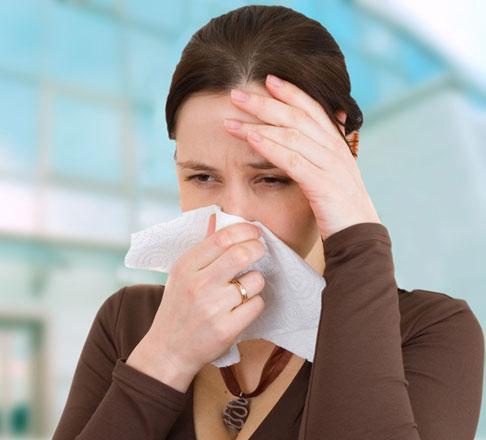You are here
Paws & perils: Unveiling spring’s hidden dangers
By Silvia Zayadin , Family Flavours - May 27,2024 - Last updated at Mar 09,2025

Photo courtesy of Family Flavours magazine
By Dr Silvia Zayadin,
Veterinarian
Spring can harbour hidden dangers to our beloved furry friends. So, we need to prepare ourselves and our pets for the potential dangers this season may bring
Cleaning products
Spring cleaning is a common activity we undertake to prepare for warmer weather. It involves some deeper cleaning than the usual cleaning we do regularly.
It involves the use of various household cleaners, many of which contain chemicals that can be toxic to pets if ingested or inhaled. Common cleaning products such as bleach and ammonia can cause gastrointestinal irritation, respiratory issues, and in severe cases, chemical burns.
Our pets may be exposed to cleaning products through direct contact with surfaces that have been cleaned, ingestion of residue left on floors or countertops, or inhalation of fumes.
So, it is best to choose pet-safe cleaning products or use some non-toxic ingredients such as vinegar and baking soda. Cleaning supplies should be stored in secure Cabinets or areas inaccessible to children and pets to prevent accidental exposure or ingestion.
When using cleaning products, we must ensure that rooms are well-ventilated and to keep pets away from the area until surfaces are completely dry.
Toxic plants
During this season, we tend to take greater care of the greenery in our homes and gardens. There are many plants that can be harmful or even fatal to pets, if ingested. Some common offenders include lilies, tulips, daffodils and azaleas.
Symptoms of plant poisoning in pets may include vomiting, diarrhea, drooling, difficulty breathing, and in some severe cases, seizures.
When you decide to bring a new plant home, make sure to read about it to know if it poses any potential harm to our furry friends. If it does, it is best advised to avoid bringing it in the first place. Always seek to buy petfriendly plants and flowers.
Pesticides and fertilisers
As mentioned earlier, spring is the time we take care of our gardens and this often includes using pesticides and fertilisers. These chemicals can be harmful to pets if ingested or if they come into contact with their skin or paws.
Symptoms of poisoning can include drooling, vomiting, diarrhea, difficulty breathing and seizures in severe cases.
Always use pet-friendly and safe alternatives to traditional pesticides and fertilisers. If we need to use traditional non-pet-friendly chemicals then we must keep pets indoors or away from treated areas until they have dried completely. Always follow label instructions and store products out of reach of children and pets.
Allergens and pollens Just like us, pets can develop seasonal allergies. Spring can be a common trigger due to pollen and other airborne allergens that are more commonly present in the environment. Allergies in pets may cause itching, scratching, sneezing and skin irritation.
I advise to minimise your pet’s exposure to pollen during peak pollen times especially for pets known to have allergies. Keep them in places with lower pollen load, seeking medical care and regularly grooming your furry friend to remove allergens from its skin and coat.
Insects and external parasites
Insects become more active during this season, posing potential risk to pets through bites, stings, or ingestion.
Common springtime pests such as bees, wasps, ants, and mosquitoes can cause allergic reactions and transmit diseases.
Pets can be exposed to insects while exploring the outdoors, playing in grassy areas, or even inside the home if insects find their way indoors.
Always keep pet food and water dishes indoors to avoid attracting insects. Regularly inspect outdoor areas for nests or hives and take measures to remove them safely.
If your pet experiences a reaction to an insect bite, seek veterinary care promptly. Use regular external parasite control to prevent infestation of ticks and fleas and to also decrease the potential of getting diseases transmitted through those parasites.
With proper prevention and preparation, educating ourselves to the potential dangers we and our pets might face, we can ensure that we enjoy the season to the max.
Have a happy season filled with joy, excitement and new adventures!
Reprinted with permission from Family Flavours magazine
Related Articles
Spring is a time when nature comes to life with all its vibrant colours and beautiful aromas. It is when temperatures begin to climb gradually creating the perfect ambiance for spending time outdoors which adds to the whole positive experience of the season.
NEW YORK — As we move into colder months you may find yourself sneezing and sniffling a little bit more, but how do you know if you have all














